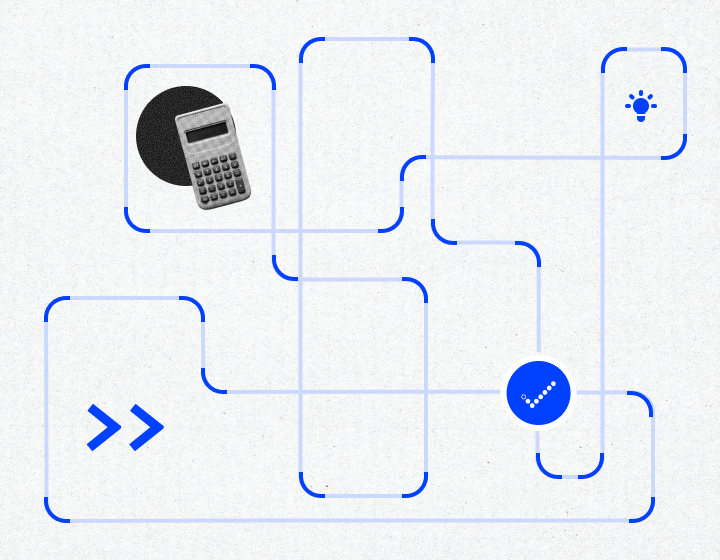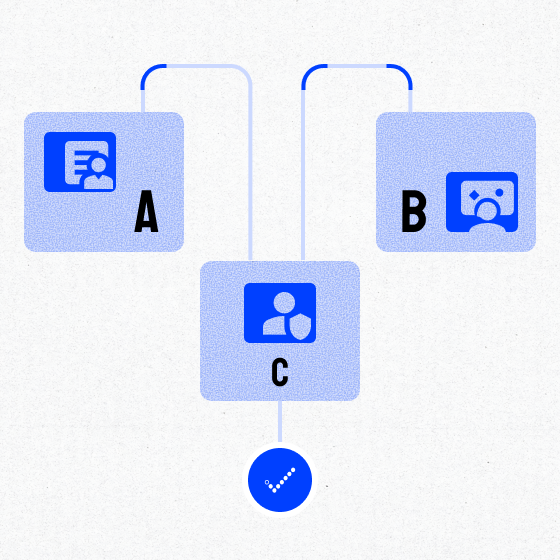The OWASP Top 10 represents the most critical security risks facing web applications today, providing organizations with a focused roadmap for strengthening their security posture. The latest OWASP Top 10 (2021) provides essential insights into:

When users can act outside their intended permissions, accessing unauthorized data or functionality. This risk has moved to the #1 position, reflecting its prevalence and critical impact.
Previously known as "Sensitive Data Exposure," this category focuses on failures related to cryptography that often lead to exposure of sensitive data.
Attackers send malicious data to an interpreter as part of a command or query, including SQL, NoSQL, OS command, and LDAP injection.
A new category focusing on risks related to design and architectural flaws, emphasizing the need for threat modeling and secure design patterns.
Improperly configured security settings, unnecessary features enabled, or default accounts and passwords still active.
Components Using components with known vulnerabilities, unsupported versions, or not regularly scanning and updating dependencies.
Failures Weaknesses in authentication mechanisms that allow attackers to compromise passwords, keys, or session tokens.
Code and infrastructure that don't protect against integrity violations, including insecure CI/CD pipelines and auto-update mechanisms.
Failures Insufficient logging, monitoring, or incident response capabilities that prevent detection of breaches.
Flaws that allow attackers to force the application to send requests to unintended destinations, even when protected by firewalls or VPNs.
Focus your security efforts on the most critical and prevalent vulnerabilities.
Meet security requirements for PCI DSS, GDPR, HIPAA, and other frameworks.
Prevent costly breaches by addressing vulnerabilities early in the development cycle.
Demonstrate commitment to security to customers, partners, and stakeholders.
The OWASP Top 10 addresses the most common and dangerous vulnerabilities in web applications—the primary interface between your organization and users. These vulnerabilities are actively exploited by attackers worldwide, leading to data breaches, financial fraud, and system compromises.









